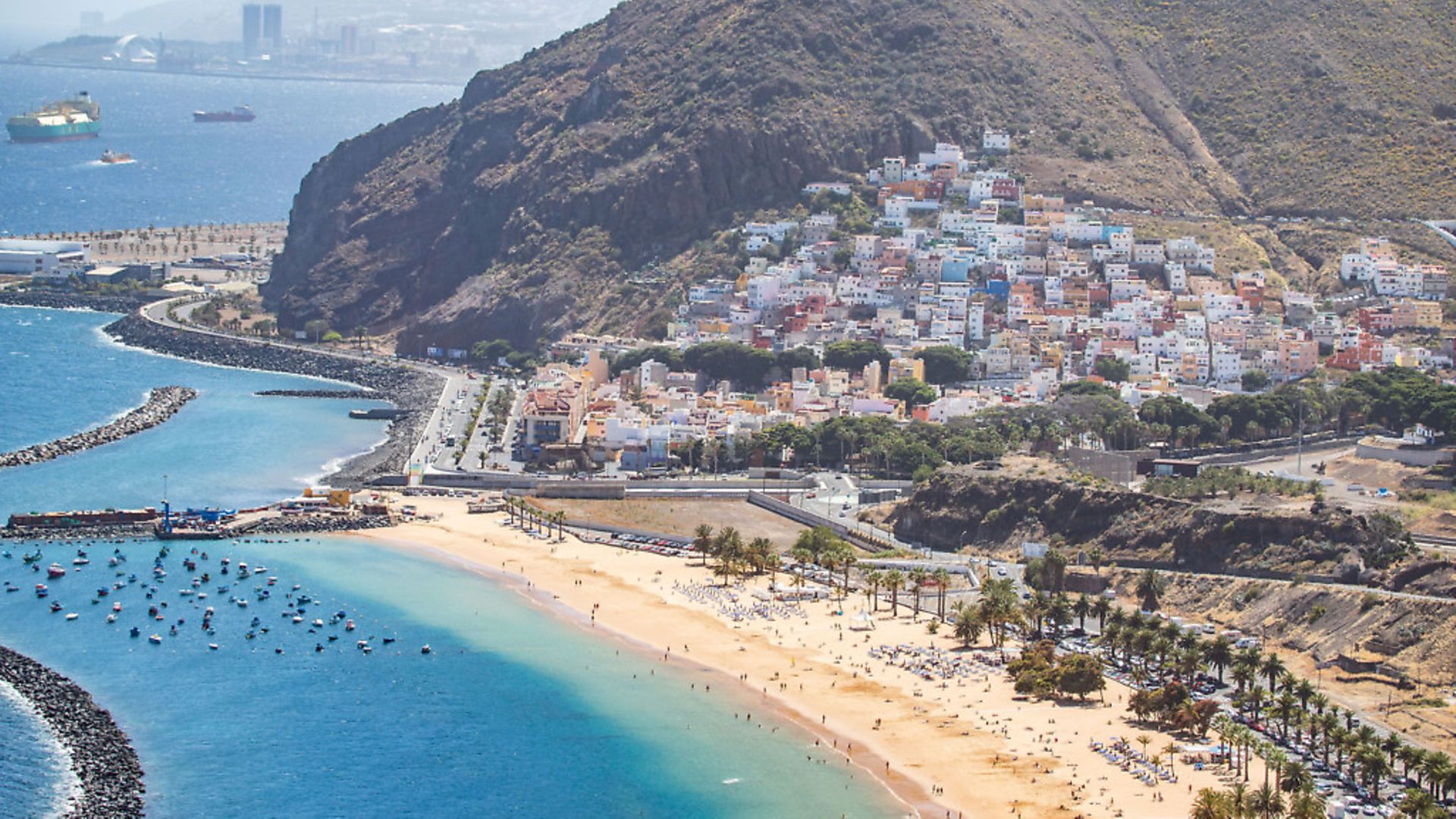
PETER TRUDGILL on an island language which vanished after the Europeans arrived
The Canary Islands are a long way from mainland Europe, but the Romans knew they were there. Pliny the Elder (23-79AD) referred to them as the Canaria, supposedly because of the large numbers of big dogs (Latin canes) which were reported to live on the archipelago.
The islands’ human inhabitants, however, were pretty much left on their own for many centuries, apart from some visits by Arab traders, until inquisitive Europeans began nosing around in the 1200s. Navigators started arriving from Portugal, Majorca and Genoa; and in 1402 an expedition led by two adventurers, Gadifer de la Salle and Jean de Béthencourt, invaded the islands. De la Salle was from Aquitaine in western France, which had been under the control of the monarchy of England when he was born, and de Béthencourt came from Normandy.
They initially conquered Lanzarote, and by 1406 had also taken control of Fuerteventura and El Hierro, ultimately in the name of the Spanish kingdom of Castile, whose monarch Henry III had supplied the expedition with reinforcements.
The king was known as Enrique el Doliente, ‘Henry the Sufferer’, but it was of course actually the native inhabitants of the Canaries who ended up doing the suffering. During the 15th century very many of them, if they were not enslaved or deported, were slaughtered in battle or killed by imported diseases. It is true that some of the current inhabitants of the Canaries do retain some aboriginal genetic material, but their culture and language are gone.
Who were these unfortunate people? The aboriginal inhabitants of the islands are known to us as the Guanche, though originally that term was applied only to the inhabitants of Tenerife. They reportedly had brown skin, fair hair, and blue-grey eyes. They lived in a culture which was monotheistic and organised into kingdoms. The Guanche also demonstrated a rather advanced military capability: Spain did not succeed in conquering the last independent island, Tenerife, until 1496, and Spanish soldiers suffered several significant defeats.
But what language did they speak? We do not have very much evidence about this: their language died out in the 1600s. There is, though, something of a consensus amongst linguists that the language, generally referred to as Guanche, has some connection with the Berber language family.
The Berber languages are indigenous to North Africa – the ‘Barbary Coast’. In spite of the 7th century Arab invasions, these languages are still spoken by many millions of people in an area which stretches from Morocco across Algeria and Libya as far as the Siwa oasis in western Egypt, as well as southwards into Mali and Niger. Probably about a third of the population of Morocco and Algeria speak Berber languages – about 25 million speakers. Tuareg, a Berber language, is spoken over a vast area of the Sahara Desert covering large parts of Mali, Niger, Algeria, and Libya.
Maarten Kossmann, a professor of Berber studies at Leiden University, in the Netherlands, says that from what little Guanche we know there is no doubt that the language does genuinely contain Berber elements: many words show a clear link to Berber, such as ilfe ‘pig’, which is related to the northern Berber form ilef, ‘pig’. But there are also many Guanche words which don’t seem to bear any resemblance to Berber. Kossmann points out that it may be significant that many of the Guanche words which do show some relationship to Berber are agricultural terms connected to topics such as livestock and crops.
At their closest, the Canaries lie 58 nautical miles off the west coast of Morocco, where the Berber language Tashelhiyt is today spoken by around seven million people. The Guanche language might well have been historically related to Berber but, even if it wasn’t, it is rather clear that it was at the very least influenced by contact with speakers of some language ancestral to Tashelhiyt.
Warning: Illegal string offset 'link_id' in /mnt/storage/stage/www/wp-includes/bookmark.php on line 357
Notice: Trying to get property 'link_id' of non-object in /mnt/storage/stage/www/wp-includes/bookmark.php on line 37







